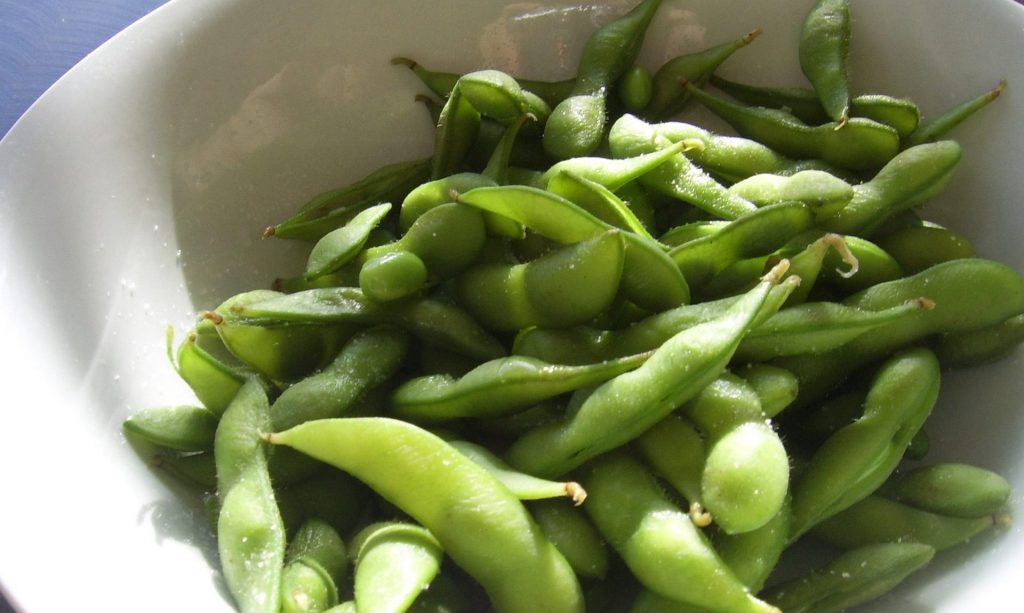AGRICULTURAL GOODS
Impacts of crops on wildlife and people
Agriculture is responsible for a large part of the global decline in wildlife, and this is particularly true for crops such as soy, palm oil, rubber and sugar. But these globally popular agricultural ‘commodities’ have also played a key role in the economic growth of a number of lower-income countries, and are important sources of food and materials all over the world.
Increasing global demand for higher value commodities, such as coffee and cocoa, is also having a growing impact on nature. They are best suited to a tropical environment, where there are many more species of plants and animals than in temperate areas. This means expanding farmland is often competing directly with areas full of wildlife.
Growing crops for global markets can affect local livelihoods in both positive and negative ways. They can for example offer a source of income, but can also compete with cropland that could have grown food for local people.

From crops to companies
Companies and governments have signed commitments to support sustainable commodity production and trade. These commitments aim to provide an income to producers, and at the same time protect nature and the vulnerable communities who rely upon it.
There is relatively little data, however, to incentivise, guide or track the sustainability of international supply chains. The complexity of the global trade system also separates consumers and intermediate companies from the source of each product – often by entire continents or oceans. Such separation means that it is often difficult to monitor, communicate and respond to impacts where they occur.



What will we do?
Through this project we will explore how new innovations could support supply and value chain mapping and modelling. This will allow us to assess the impacts of global agricultural trade on both wildlife and people, providing decision makers at all levels with the information they need to make sustainable decisions.
We will do this through three connected sets of activities:
- Assess the impacts of globally important agricultural supply chains on biodiversity, deforestation and people, and map the results. This will allow us to identify what’s driving demand, who the key actors involved in the chains are, and how value is distributed between these actors.
- Assess the evolution of new commodity markets, and understand how they affect local wildlife and people, and interact with local, national and regional markets.
- Provide tools that allow people along the supply chain to conduct their own environmental and social impact assessments – whether in the context of local jurisdictions, markets, or international trade policy.